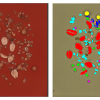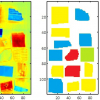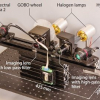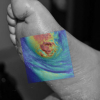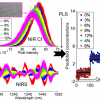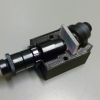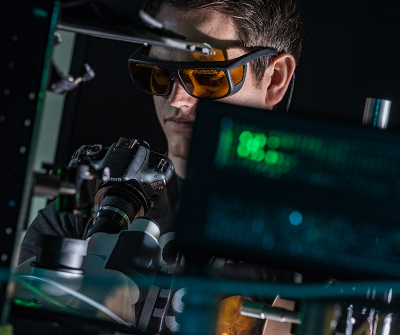
Scientists at Rice University in Houston, TX, USA, are using snapshot hyperspectral imaging (SHI) to view small differences between otherwise identical nanoparticles and see how they react in response to light and environmental changes. The technique could help industries fine-tune products such as plasmonic catalysts for petrochemical processing, light-triggered nanoparticles for cancer treatment, solar cells and microelectronics. Their research is detailed in the Journal of Physical Chemistry. It was developed by the labs of Stephan Link and Christy Landes, both professors of chemistry and computer and electrical engineering at Rice University.
Plasmons are the coordinated oscillation of electrons in metals that is triggered by light. Plasmonic nanoparticles are nanometre-sized crystals that absorb and react with light with extraordinary sensitivity. Because their size, shape, composition and local environment all influence their properties, plasmonic nanoparticles can be tuned for a wide range of applications. Researchers who make and study plasmonic particles generally want to know and control their reactivity, so it is crucial to be able to study many individual particles simultaneously with the best resolution of time, space and energy possible.


